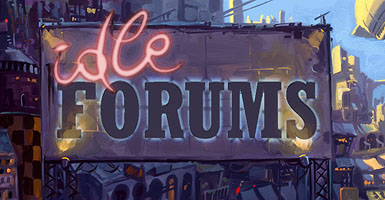BeachyKeen
-
Content count
3 -
Joined
-
Last visited
Posts posted by BeachyKeen
-
-
On 3/9/2017 at 8:10 PM, Gamebeast23456 said:...
To the point about bathroom signs, I think you guys are at least slightly underestimating the variability in bathroom designs. I think the detail that actually serves to seperate them is more general than a picture of a human on the sign. Rather, it's the fact that a room is labeled pictographically, as opposed to numerically or linguistically.
It's also worth noting that the symbol of the guy probably wasn't intended to simply denote "bathroom" but instead was used (in conjunction with the stick figure with a skirt) to try to denote gender in the most language agnostic way possible.
-
You're always Neo.
Unless you're playing The Matrix video game. In which case, you're never Neo.

Important If True 4: A Thousand Dormant Machines
in Important If True Episodes
Posted
Yeah, I definitely thought about that too. That the symbol for "male" and "human" are symbolically synonymous which implicitly differentiates "human" from "female". It's at least a little fucked up.
Right. That's fair. Now we just have to be wary about further mental coupling of the stick figure symbol with restroom functions, lest the "wet floor" signs become a self fulfilling prophecy.